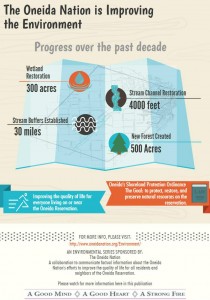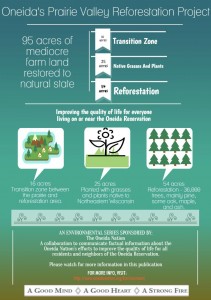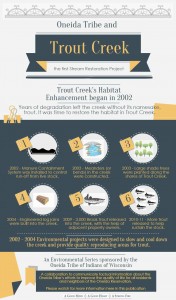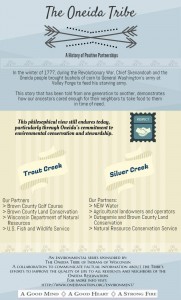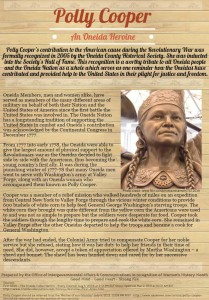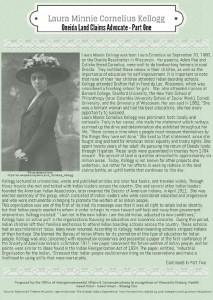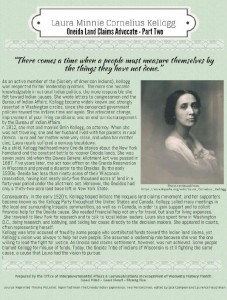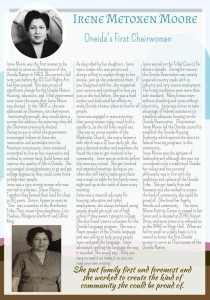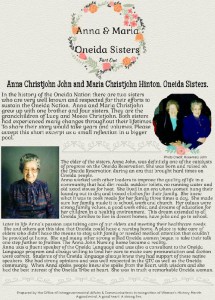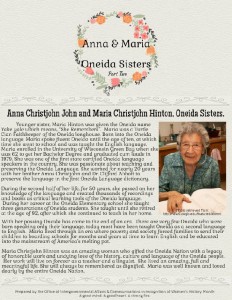Educational Campaigns
The Office of Intergovernmental Affairs & Communications strives to provide educational information to all about the Oneida Nation. These educational campaigns were created in collaboration with various departments with the organization to provide our stakeholders are clear, consistent and support understanding of Business Committee priorities and Nation policies, programs, services, initiatives and events.
Environmental Campaign
Oneida’s Commitment to the Environment and Stewardship
Settlement Near Duck Creek
Oneida’s creation story provides the foundation of the cultural belief that everything is connected, and there must be balance for the environment to thrive. The cultural teachings encourage Oneidas to give thanks by using the opening address, a speech that is used in both traditional ceremonies and governmental meetings. The belief that all living beings are important is instilled into the conscious of the Tribe, and they are committed to environmental conservation and stewardship. This core belief is a main tenet of Oneida’s mission to protect the environment and why land remains so valuable to the Oneida Tribe.
When the Oneida people left New York, they made Duck Creek their home in 1821 due to the richness in the natural resources. Duck Creek resembled the homelands with an abundant supply of clean water, timber, animals, fish, and plants. The natural resources available to the Oneida people were vast and plentiful to sustain generations. The Oneidas were farmers who relied upon corns, beans, and squash (3 sisters) to provide sustenance. Fish and game animals were equally important to provide a balanced diet. The environment had balance and thrived and sustained the Oneida people.
However, the environment began to change near the turn of 19th century. The Oneidas began to lose ownership of the land. Changes in land use altered the environment for the next several generations that relied upon the land for sustenance. Trees were cleared, wetlands were drained, streams and waterways were ditched and straightened, and dams were developed in an attempt to control the environment. These practices degraded the land and environment to the point that it led to the loss of wildlife like turkeys, cranes, and mink. The fish population dwindled and became inedible for human consumption. Waterfowl and other game began to disappear as Duck Creek became polluted. The area that the Oneida people chose to settle began to look nothing like it did when they first arrived.
During the middle of the 20th century, the Oneida Tribe made a commitment to reclaim land as a way to improve the quality of life not only for the Oneida people but everyone in northeast Wisconsin. Further, in an attempt to address the land degradation, the Oneida Tribe passed the Shoreline Protection Ordinance. The goal of the ordinance was to protect, restore, and preserve a valuable and fragile natural resource on the reservation. These steps were important to turn the tide toward an improved environment as more Oneida people began to resettle the reservation.
The Oneida community desired the restoration of the land to a more natural state and an enhanced environment. The Oneida Tribe is dedicated to regain land with a focus on restoring the environment. Acres of land that was poor farm land are now being returned and managed as a natural environment. Over the past decade, over 300 acres of wetlands have been restored, 30 miles of stream buffers have been established, 4,000 feet of ditched stream channels have been restored, and over 500 acres of new forest have been created.
A great deal of emphasis in land purchase and management has been in protecting the reservation environment and expanding opportunities for community members to hunt, fish, and recreate. This priority has improved the environment and quality of life of those that live within the Oneida reservation and northeast Wisconsin.
Oneida Prairie and Forest Restoration
The Oneida Nation continually strives to enhance the environment by protecting wildlife, plants, and waterways. Enhancing the environment also means helping nature take its course and allowing an area to return to its natural state.
Prairie Valley is an example of a successful environmental restoration completed by the Oneida Nation. Once mediocre farmland, this 95-acre area is located along Duck Creek, west of the roundabout at Highways 172 and 54 in Oneida. The project began in 1995 as part of an “open space” plan created by the Oneida Nation. Restoration of 25 acres that once produced corn consisted of planting 67 species of grasses and flowers native to northeast Wisconsin. A fallow field of about 16 acres serves as a transition zone in between the prairie and 54 acres of reforestation.
Maintenance is performed every third year on the prairie and includes mowing and burning accumulated plant litter to encourage growth, flowering, and seed production of native species. Prairie burns are done in early spring when warm season plants are dormant and ground nesting birds are not yet present. A fire break surrounds the burn area for safety and local fire departments are notified of burn plans.
The reforestation seedlings for Prairie Valley came in partnership with the Menominee Nation. Thirty-six thousand trees of mainly pine, with some oak, maple and ash were planted adjacent to the prairie in May, 1996. Tree pruning was completed early on to improve the “stand” of the trees. These trees now stand over 30 feet tall.
This restoration area creates wildlife habitat and increases the diversity of habitat available on the Oneida Reservation. This comprehensive ecological restoration effort provides quality wildlife habitat, improves soil stability, allows enhanced groundwater percolation, provides community recreational opportunity, and improves the quality of the Duck Creek Corridor which benefits everyone in the local community.
This area is now home to many types of wildlife. Whitetail deer, turkeys, songbirds, owls, coyotes, and otters call this area home. Another unique feature of Prairie Valley is that it provides numerous medicinal plants like; wild bergamot, purple coneflower, and compass plant.
At times, letting nature dictate land use is beneficial for the environment. Restoring areas to their natural state, like Prairie Valley, allows the land to develop as intended. The Oneida Nation identifies properties and utilizes available resources to assist in taking care of Mother Earth. In doing so, the Oneida Nation is maintaining the rural characteristic of the area and also providing a quality environment for all those living in Northeast Wisconsin.
Putting Trout Back into Trout Creek
Up until 2009 there weren’t any trout inhabiting Trout Creek. It was once a thriving trout habitat. Through years of pollution and habitat destruction, the creek had lost its namesake. Trout were non-existent in Trout Creek.
The Oneida Nation worked hard to restore a habitat for trout in Trout Creek. The Nation’s first stream restoration project was started in 2003 on a headwater tributary of Trout Creek. Following documented manure runoff from the correctional institution, more external partnerships were formed to expand restoration work. A manure containment system was installed in 2002 which has played a huge role in the restoration of the Creek to its current state.
The following year, the habitat was enhanced by constructing meanders (bends) and planting large trees near the shores. In 2004, engineered log jams were installed in the creek to provide cover and shade for the fish. These projects were intended to harbor a healthy fish habitat by slowing the creek down, cooling the creek, and providing quality reproduction areas. Finally in 2009, in cooperation with adjacent property owners, 3,000 brook trout were introduced back into Trout Creek. Additional fish were stocked in 2010 and 2011, and fisheries surveys conducted by Oneida Environmental Health and Safety Division have documented sufficient survival rates to continue the pursuit of trout stream classification.
Improvements have continued to the overall quality of Trout Creek. In 2012, in partnership with Brown County Golf Course, the creek now flows freely through the course. More than 17 miles of upstream passage is now open for fish and other aquatic animals. A new channel was created to allow the creek to flow around the pond while maintaining the signature pond on the 17th hole of the golf course. The completion of this project was the result of long- term commitments by the Oneida Nation and its partners; Brown County, U.S. Fish and Wildlife Service, and the Wisconsin DNR.
The creek has also recently been classified as a Class 3 trout stream by the Wisconsin Department of Natural Resources. This designation allows for future stocking within the state program and will only increase the number of trout and fish-ability of the creek. Trout fishing in Wisconsin is a popular form of recreation, and the Oneida Nation is proud to be able to help increase the quality of life for everyone in Northeast Wisconsin.
The Oneida Tribe – A History of Positive Partnerships
The Oneida Nation has a tremendous history of working collaboratively for the betterment of the whole. In the winter of 1777, during the Revolutionary War, Chief Skenandoah and the Oneida people brought bushels of corn to General Washington’s army at Valley Forge to feed his starving army. The deeds occurring at Valley Forge demonstrate how our ancestors cared enough for their neighbors to help them in time of need. This philosophical view still endures today, especially through Oneida’s commitment to environmental conservation and stewardship. These efforts have a positive impact on the quality of life for the entire region and were not accomplished alone. The Oneida Nation works in cooperation and partnership with different entities to improve the environment on and off the reservation.
To continue to improve the restoration of Trout Creek, the Oneida Tribe in partnership with Brown County Golf Course, Brown County Land Conservation, Wisconsin Department of Natural Resources, and U.S. Fish and Wildlife Service teamed up to improve habitat and restore fish passage in Trout Creek. Trout Creek, a newly classified trout stream, was being impaired by a pond and dam on the 17th hole of the Brown County Golf Course. The pond created by the dam acted to retain water, warmed the water in the stream, and lowered dissolved oxygen levels, which is not the necessary habitat for trout to flourish. A new stream channel was developed to bypass the pond and restore flow within the main channel of Trout Creek. This partnership created over 400 feet of new stream channel and restored fish passage to 17 miles of stream. The signature 17th hole on the course is still as beautiful and difficult as ever.
The Silver Creek watershed is an area that demonstrates the potential to have similar success as Trout Creek. It is a small stream located one mile west of the airport that flows into Duck Creek and ultimately flows into the bay of Green Bay. Water testing in Silver Creek shows that it has high levels of phosphorus and sediment that contributes to a loss of habitat for fish and aquatic life. With help from NEW Water, agricultural landowners and operators, the Outagamie and Brown County Land Conservation, and the Natural Resource Conservation Service, the Oneida Nation is beginning to collect and analyze soil and water samples. The group is also designing and installing conservation practices that reduce phosphorus and soil erosion. Through this project, NEW Water will be evaluating whether it is more cost effective to spend $200 million or more on a wastewater treatment plant for phosphorus improvements or to partner with agricultural efforts to control the amount of phosphorus reaching the bay of Green Bay.
The Oneida Nation’s ecological and ethical response to the restoration of the environment is a critical component of sustainable agriculture. Once again, through partnerships the Nation has enhanced the wildlife and the natural resources; valuable resources for hunting, fishing, and gathering along with protection of air and water quality. It also provides for a viable food system plentiful enough to sustain generations. Commitment to the environmental conservation and stewardship has improved the natural environment. Ultimately improving the quality of life for all northeast Wisconsin residents and create opportunities to invite people back to the land.
Oneida Women in History
re of all Indian people.
Irene Metoxen Moore, Gon-o-se-lait, (Gracious Generous Hostess)
Irene Moore was the first woman to be elected to serve as Chairperson of the Oneida Nation in 1963. She served a full term just before the US Civil Rights Act had been passed. This was an era of significant change for the Oneida Nation. Housing, education, and Tribal government were never the same after Irene Moore was elected. In the 1960’s, she was addressed as Chairman, not chairwoman. Interestingly enough, they would elect a woman but address the same way they did the Chairman previously elected.
During an era in which the government encouraged Indians to leave the reservation and assimilate into the American mainstream, Irene remained committed to live on her reservation and worked to recover land, build homes and improve the quality of life in Oneida. She encouraged young graduates to go and get college degrees so they could come home to help their people.
Irene was a very strong woman who was married to a farmer, Simon Moore. Together they farmed their land for close to 50 years. Simon, known to most as “Sim” was a member of the Brotherton Tribe. They raised three daughters, Lois Powless, Margaret Danforth and Lillian King.
As described by her daughters, Irene was a leader who was patient and always willing to explain things to her people, just as she understood them. If you disagreed with her, she respected your opinion and continued to love you just as she had before. She was a hard worker and dedicated her efforts to make Oneida a better place to live for all people.
Irene was engaged in more activities than young women today could hold a candle to, as the old folks would say. She was an active member of the Methodist Church, she was a farmer’s wife which was a 12 hour daily job, she was a devoted mother and somehow she found the time to get involved in her community. Irene was an activist before the term was coined. She got involved and attended meetings during an era when she still had to make sure there was a meal on table for her family every night and up at the crack of dawn every morning.
Irene was a staunch advocate for housing, education and tribal employment, she always believed young people should get a job out of high school if they weren’t going to college.
She also found time to volunteer for the Oneida Language program. She was a fluent speaker of the Oneida language and was willing to help young people learn and spell the language. Irene advocated spelling the language the way it sounded. She would say, “Only you have to read it so make it so you can read your own writing.”
Irene served on the Tribal Council for about a decade. During her tenure, the Oneida Reservation was mostly unpaved country roads with no industry and very scarce employment. The living conditions were more than sub-standard. Many homes were without plumbing and some without electricity. Irene was driven to take advantage of federal assistance to establish adequate housing on the Oneida Reservation. Chairwoman Irene Moore led the Oneida council to establish the Oneida Housing Authority which opened the doors to federal housing programs in this community.
Irene Moore was the epitome of leadership and although she was not considered to be a traditional Oneida, her values and her personal philosophy was in line with the traditions and culture of the Oneida Tribe. She put family first and foremost and she worked to create the kind of community she could be proud of. She loved her family, friends and community. The Irene Moore Activity Center is named in her honor and is located at 2040 Airport Drive, and most times it is referred to as the IMAC or Bingo Hall. What we fail to recall on a daily basis is it is named to honor the first Oneida woman to serve as Chairwoman of the Oneida Nation.
Anna and Maria, Oneida Sisters.
Anna Christjohn John and Maria Christjohn Hinton
In the history of the Oneida Nation there are two sisters who are very well known and respected for their efforts to sustain the Oneida Nation. Anna and Maria Christjohn grew up with one brother and four sisters. They are the children of Lucy and Moses Christjohn. Both sisters had experienced many changes throughout their lifetimes. To share their story would take years and volumes. Please accept this short excerpt as a small reflection in a bigger pool.
The elder of the sisters, Anna John, was a catalyst for progress on the Oneida Reservation. She was born and raised on the Oneida Reservation during an era that brought hard times on Oneida people.
Anna worked with other leaders to improve the quality of life in a community that had dirt roads, outdoor toilets, no running water and old wood stoves for heat. She lived in an era when women hung their laundry out to dry and ironed clothes for their family. She knew what it was to cook meals for her family three times a day. She made sure her family made it to school, work and church. Her values were strong family values, a good work ethic, and dreams of education for her children in a healthy environment. This dream extended to all Oneida families to live in decent homes, have jobs and go to school.
Later in life Anna’s passion was taking care of our elders and meeting their healthcare needs. She and others got this idea that Oneida could have a nursing home. A place to take care of elders who didn’t have the means to stay with family or needed medical attention that couldn’t be provided at home. She and many other strong willed Oneida women began to take their talk one step further to fruition. The Anna John Nursing home became a reality.
Anna was a fluent speaker of the Oneida Language and was also a consultant to the Oneida Language program and always willing to lend her ears to make sure pronunciation and diction were correct. Students of the Oneida language always knew they had support of these native speakers. She had strong opinions and was well respected in the GTC as well as the Oneida community. When Anna spoke, people knew she spoke from the heart, with wisdom and she had the best interest of the Oneida Tribe at heart. She was in truth a remarkable Oneida woman.
Younger sister, Maria Hinton was given the Oneida name Yake yale which means, “She Remembers”. Maria was a Turtle Clan Faithkeeper of the Oneida longhouse. Born into the Oneida language, Maria spoke fluent Oneida until the age of ten, at which time she went to school and was taught the English language. Maria enrolled in the University of Wisconsin Green Bay when she was 62 to get her Bachelor Degree and graduated cum laude in 1979. She was one of the first state certified Oneida language speakers in the country. She was passionate about teaching and preserving the Oneida Language. She worked for nearly 20 years with her brother Amos Christjohn and Dr. Clifford Abbott to preserve the language in the first Oneida Language dictionary.
During the second half of her life, for 50 years, she passed on her knowledge of the language and created thousands of recordings and books as critical learning tools of the Oneida language. During her career at the Oneida Elementary school she taught three generations of Oneida students. She taught until she retired at the age of 92, after which she continued to teach in her home.
With her passing Oneida has come to the end of an era. There are very few Oneida who were born speaking only their language, today most have been taught Oneida as a second language to English. Maria lived through an era where poverty and society forced families to send their children to boarding schools for months and years at time to learn English and be educated into the mainstream of America’s melting pot.
Maria Christjohn Hinton was an amazing woman who gifted the Oneida Nation with a legacy of honorable work and undying love of the history, culture and language of the Oneida people. Her work will live on forever as a teacher and a linguist. She lived an amazing, full and meaningful life. She will always be remembered as dignified. Maria was well known and loved dearly by the entire Oneida Nation.
Food Sovereignty Series
Oneida strives for a growing community through local food
Oneida Reservation – Like many communities food plays a vital role on the Oneida Reservation. Food not only provides sustenance, but is acknowledged, honored and provided a thanksgiving as part of Oneida’s opening address. At many of Oneida’s gatherings, an opening address is provided as a reminder that all creation is related and valued.
Historically, Oneida’s were farmers that primarily relied upon what is historically known as the Three Sisters for sustenance, they are corn, beans, and squash. The Three Sisters are considered special gifts from the creator. The Three Sisters are grown strategically together to maximize their qualities to produce a sustaining yield. The cornstalks grow, the bean plants climb the stalks, and the squash grows beneath, inhibiting weeds and keeping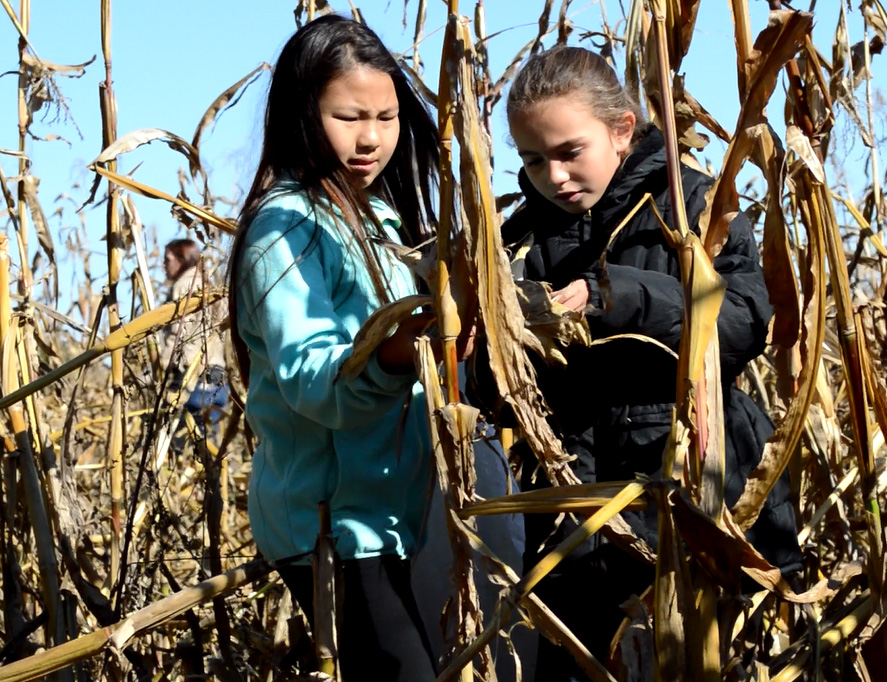 the soil moist under the shade of the broad leaves. In this combination, the soil remained fertile for several decades and provided sustenance to the Oneida people for generations.
the soil moist under the shade of the broad leaves. In this combination, the soil remained fertile for several decades and provided sustenance to the Oneida people for generations.
This philosophy aligns to the Oneida Tribe’s ecological and ethical plan to the restoration of the environment’s health. The entire environmental system must be in alignment to provide food, protect habitat and sustain the community. Oneida’s commitment to restoring and enhancing the environment has led to improved natural resources for the entire reservation. A healthy environment is a valuable asset to assist in Oneida’s efforts to build a quality of life for people on and near the Oneida Reservation. Oneida’s effort over the past decade has restored over 300 acres of wetlands, established 30 miles of stream buffers, restored 4,000 feet of ditched stream channels, restored 17 miles of stream passage and created over 500 acres of new forest. The improved waterways, animal habitat, and conservation efforts have enhanced the environment and created a worthy place for the natural ecosystem and agriculture to thrive in balance with one another.
The Oneida Community Integrated Food Systems (OCIFS) members are some of Oneida’s best kept secrets. The group consists of the Oneida Nation Farm, Apple Orchard, Tsyunhe’hkw^ (sounds like joon hay kwa, it means “Life Sustenance”), Food Distribution, Oneida Market, and Oneida Comprehensive Health Division. OCIFS is diligently working to integrate Oneida’s local food and resources, improve the community’s quality of food, educate the people of diet related health risks, increase employment and youth opportunities, and assist in bringing all people closer together as a community.
Building healthy communities doesn’t just require access to healthy foods, it also requires community involvement. By utilizing a “farm to plate” model the Oneida Tribe provides the healthiest food possible, as well as show the community how to cultivate the land, grow the food, harvest, and then process for eating.
Oneida shares its agricultural products through local sales and encourages its neighbors to buy local, buy Oneida. These include the Oneida Market located at 501 Packerland Drive in Green Bay, local grocery stores, Oneida Apple Orchard, and many local restaurants utilize local Oneida beef and buffalo in their dishes.
Another venue to obtain many of these local foods is at the Oneida Farmers Market. The Oneida Farmers Market is located near the water tower on Highway 54 in Oneida. It runs every Thursday from June – September and operates from Noon – 6:00pm. The Oneida 4-H youth, local community groups, and food distribution volunteers run a brat booth at the Farmers Market each week for various fundraising efforts.
The OCIFS entities work cooperatively striving to achieve monumental changes in Oneida’s food systems. There are many ways you, the consumer, can help them to do this. One of them is to buy local and know where your food is coming from. So buy your natural Black Angus meat from the Oneida Farm, your produce from the Oneida Orchard, or get your holistic health care and certified organic produce from Tsyunhe’hkw^ or the Oneida Market. It not only provides you with the best quality and value, but it helps all people on the road to self-sufficiency.
Oneida apple orchard provides education, nutrition and fun
Oneida Reservation – The Oneida Tribe is proud of the growth it has seen within the community over the last few decades while remaining focused on keeping much of the land rural, undeveloped and in its natural state. Oneida also understands, reiterating what was stated in a previous article, the importance of local foods which has proven beneficial for the health and quality of life for the members of the Oneida community and other surrounding communities.
Oneida currently owns and operates the Oneida Farm which raises bison and Black Angus cattle, Tsyunhehkwa (pronounced “joon hen kwa” meaning: Life Sustenance) which produces white corn and other organic products, and the Oneida Apple Orchard which has approximately 4,500 apple trees. Products from all three entities are sold at the Apple Orchard, Oneida Market located on Packerland Drive and Larsen Road, area restaurants, and grocery stores.
The 34-acre Oneida Apple Orchard was purchased in 1994. Part of the Orchard’s goal is to generate interest in the area of agriculture and teach the children to underst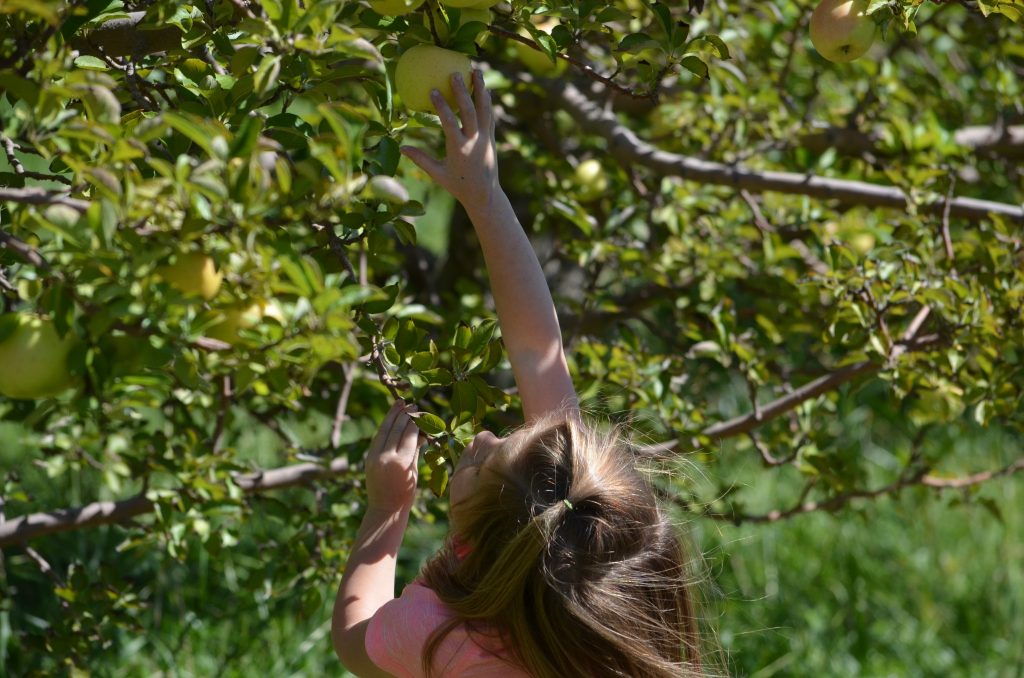 and the importance of growing healthy food. The Orchard hosts tours for school children each spring and has proven successful in generating interest of the children to learn about agriculture and the various techniques used to naturally eliminate pests such as trapping insects and releasing bugs to control other bug populations.
and the importance of growing healthy food. The Orchard hosts tours for school children each spring and has proven successful in generating interest of the children to learn about agriculture and the various techniques used to naturally eliminate pests such as trapping insects and releasing bugs to control other bug populations.
The orchard continuously revitalizes the most popular varieties which include McIntosh, Cortlands and Honeygolds. The orchard provides seasonal jobs and also provides the option to pick-your-own apples at designated times at a discounted cost. There are 30 varieties of apples available along with a wide array of fresh produce products such as cider, berries, sweet corn, squash, and pumpkins. Each year the orchard harvests between 11,000 and 12,000 bushels of apples.
Annually, typically during the month of September, Oneida hosts an event known as Big Applefest. Family-oriented activities include horse riding and barrel racing demonstrations, petting zoo, carriage rides, a multitude of concession stands with various traditional and mainstream foods, along with an apple pie judging contest. The well-attended and free event provides families the opportunity to share quality time at a very affordable cost.
The Apple Orchard offers fresh fruits and vegetables to all community members generally at a lower cost than what can be found elsewhere. The orchard assists the low-income population by donating to the Oneida Food Distribution Program and to the elderly. There are numerous health benefits to eating apples and fresh fruits and vegetables. The Oneida Apple Orchard is just one entity of the Oneida Tribe that keeps the end in mind in its daily operations – increased nutrition equals increased quality of life.
Down on the Farm – Oneida Nation Farm Enterprise provides for the community
Oneida Reservation – The Oneida Nation Farm originated in 1978 and was originally known as the Iroquois Farm. It started with 25 head of cattle and approximately 150 acres. Today the farm is one of the largest beef and cash crop conventional farms in Northeast Wisconsin. Having nearly 7,000 acres and nearly 500 head of cattle the farm has grown into a successful and sustainable operation. It’s also important to note that nearly 2,000 acres are in a pasture, environmental or conservation type program.
The cattle at the Oneida Nation Farm are Black Angus Beef. Black Angus is known as the gold standard for premium beef. Beef is a good source for zinc, iron, protein and many B-vitamins- nutrients that help maintain the immune system, help mental development in children and build muscles.
The Oneida Nation takes pride in raising its Black Angus Beef, which consists of a cow and calf herd out in pasture. The other part of herd is the fed beef, which are raised in animal comfort feed lot barns and is clean and healthy cattle. A majority of the beef operation is growing into a point of origin, which means the cows are born and raised on the Oneida Nation farm. They are not fed steroids, hormones, antibiotics or any animal byproducts. For processed beef, the Oneida Nation Farm follows state meat inspections, which are implemented at the local meat processor. In addition, the Oneida Nation Farm plants and harvests high quality varieties of corn, soybean, alfalfa and winter wheat. The majority of the crops are held for sale to area markets and farmers or used for feed for the farm’s cattle.
In the heart of the Oneida Reservation you will also find a magnificent Oneida buffalo herd. The majestic herd consists of about 175 head, which are grass fed, also supplem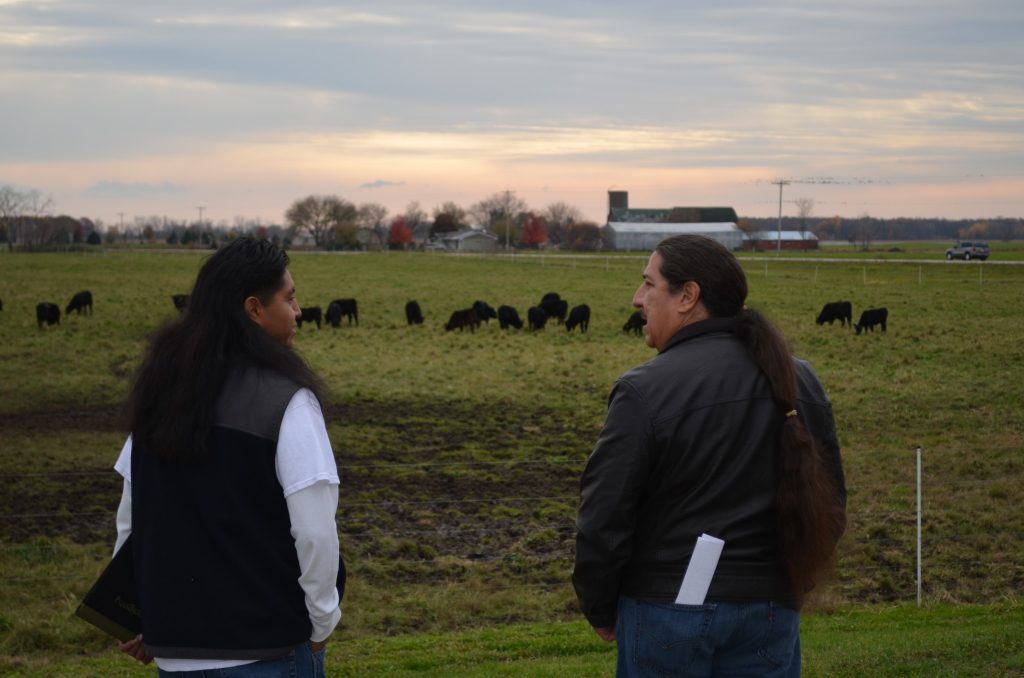 ented with hay and corn silage. The herd is located on the western portion of the reservation on Hwy 54 and Cooper Road. There are two pastures, the west pasture is the reproductive herd and every year newborns join the herd. Oneida Farms has created an overlook on the property to allow viewers a beautiful view of the buffalo grazing naturally in a beautiful environment. Visitors can take in an expansive view, take pictures and learn about the herd from the outdoor educational posters.
ented with hay and corn silage. The herd is located on the western portion of the reservation on Hwy 54 and Cooper Road. There are two pastures, the west pasture is the reproductive herd and every year newborns join the herd. Oneida Farms has created an overlook on the property to allow viewers a beautiful view of the buffalo grazing naturally in a beautiful environment. Visitors can take in an expansive view, take pictures and learn about the herd from the outdoor educational posters.
The majority of the Buffalo and equipment were all made possible from the Intertribal Bison Coop which was formed in 1996 and still currently operating. The Oneida Nation of Wisconsin and the Oneida Nation Farms, contributes in-kind service for this project.
The Oneida Nation Farm is known for the minimal till and no till practices. They work closely with crop consultants, Natural Resource Conservation Service, Oneida Conservation and Environmental Departments to comply with regulations on nutrient management programs and other programs that enhance the betterment of the land and air. The farm realizes the importance of a healthy environment and the role it plays in a successful farm operation.
The Oneida Nation encourages sustaining the environment and providing a better quality of life for the next seven generations with a good mind, a good heart and a strong fire.
Healthy food promotes a healthy lifestyle
Oneida Reservation – Oneida’s mission is to strengthen and protect their people, reclaim their land, and enhance the environment by exercising their sovereignty. The Oneida Nation has been successful in the restoration and preservation of reservation lands. Oneida’s goal is to recover and sustain the land to provide for the next seven generations. Their long-term comprehensive plan designates land for housing, development, and protection of the natural resources. Through the efforts of safeguarding and a commitment to improve the quality of life, there has been a return of eagles, pheasants, falcons, hawks, cranes, and turkeys and there is a slow but promising return of walleye and trout in area creeks and streams. These elements work together to sustain them, their lands, and improve the quality of life for Oneida and its neighbors.
The Oneida Nation values land and all that the land offers. Nature provides plenty of food like fish, deer, strawberries, corn, and other fruit and vegetables. These foods are all grown on the Oneida Reservation by different individuals and  the Oneida Community Integrated Food Systems (OCIFS) works collaboratively to ensure these foods are nurtured, harvested with care, and made available to the community.
the Oneida Community Integrated Food Systems (OCIFS) works collaboratively to ensure these foods are nurtured, harvested with care, and made available to the community.
OCIFS consists of the Oneida Nation Farm, Apple Orchard, Tsyunhe’hkw^, Oneida Food Distribution and Oneida Comprehensive Health Division. The OCIFS group is tirelessly working to integrate local foods and resources, improve the community’s quality of food, educate the people of diet-related health risks, increase employment and youth opportunities, and assists in bringing people together. In short, the group is trying to get the community healthy. It starts with healthy food.
The second component of a healthy person is physical activity. The Oneida Nation has a clinic to address physical health concerns, but the Tribe has many resources available for preventative health and physical activity. A full-scale fitness center is open to the public and features various exercise equipment, basketball court, track, a swimming pool, and offer a wide variety of classes. There also are two recreation centers open to the public. The centers are similar to the Boys and Girls clubs and reward homework completion with fun physical activities. Oneida also has 20 miles of scenic trails located throughout the reservation.
It is imperative to have land and resources available to provide these opportunities to the community. Without land, Oneida would not have the necessary resources to offer the many recreational opportunities. OCIFS creates an integrative approach to a healthy diet with added physical activity. It’s a systematic way of thinking and encouraging wellness for an increased quality of life. Land, food, and physical activity all play an integral part for the Oneida Nation and having a good mind, a good heart and a strong fire.
Former Miss, Jr. Miss, and Lil Miss Oneidas and contestants
These images are not in a particular order, nor is each and every contestant identified. They were found in an file and needed to be shared. Please enjoy them and feel free to share them with friends and family. They are placed in the Educational Campaign portion of the website as a way to share the rich history and culture of the Oneida Nation.
 |
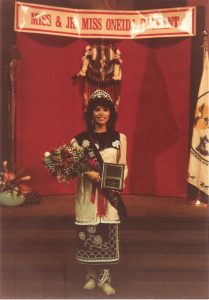 |
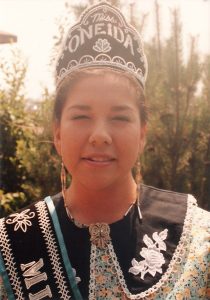 |
 |
 |
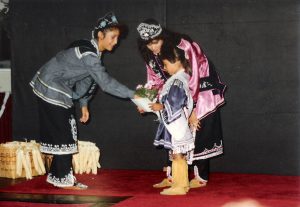 |
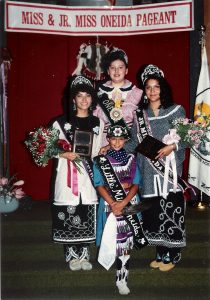 |
 |
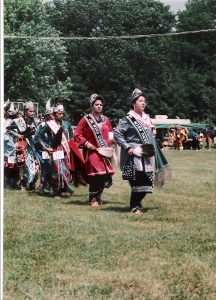 |
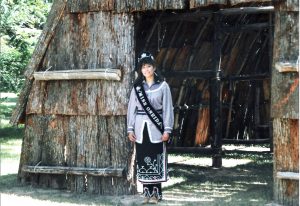 |
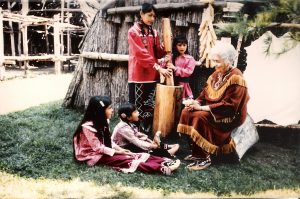 |
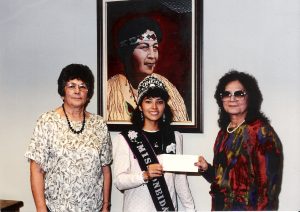 |
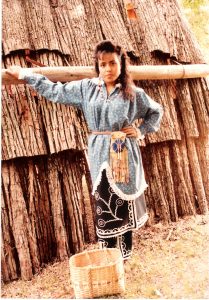 |
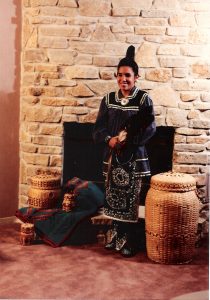 |
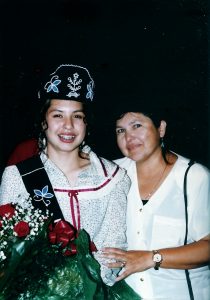 |
 |
 |
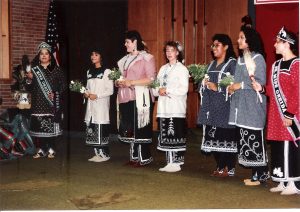 |
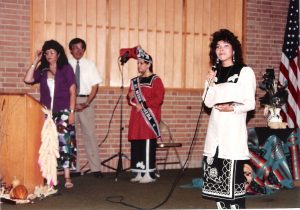 |
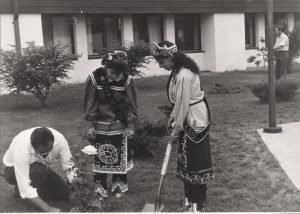 |
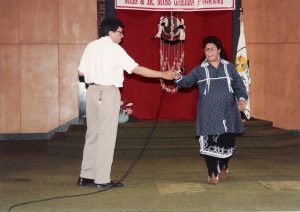 |
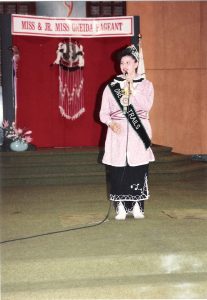 |
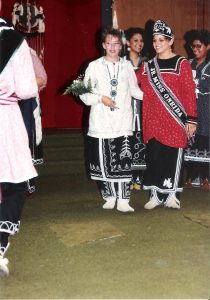 |
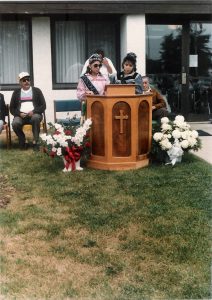 |
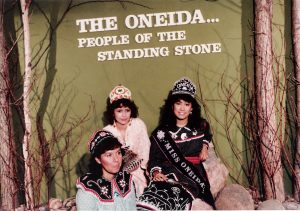 |
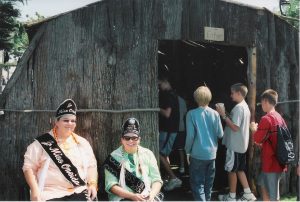 |
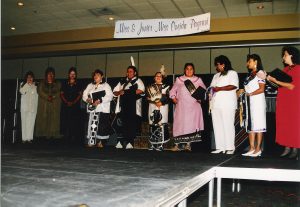 |
 |
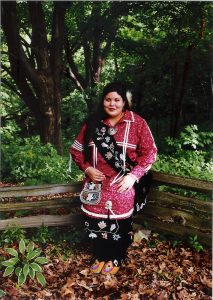 |
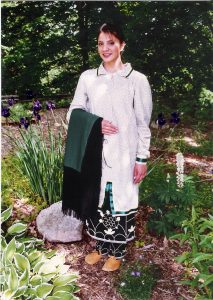 |
 |
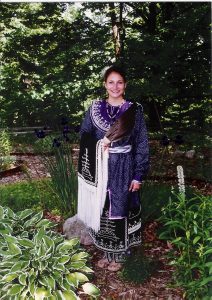 |
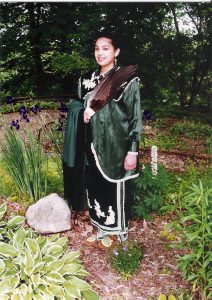 |
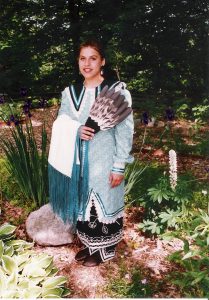 |
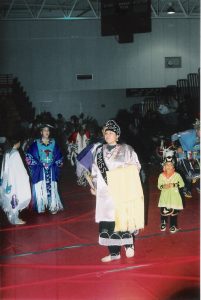 |
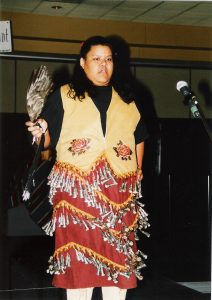 |
 |
 |
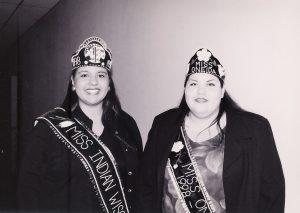 |
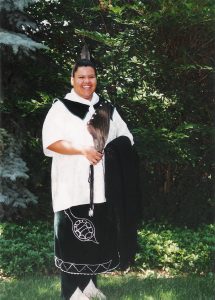 |
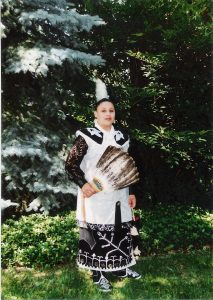 |
 |
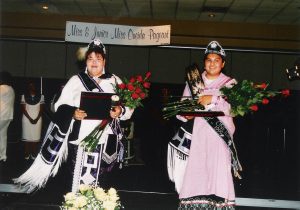 |
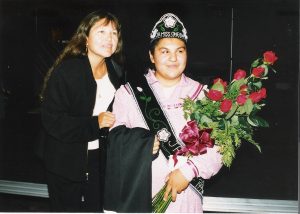 |
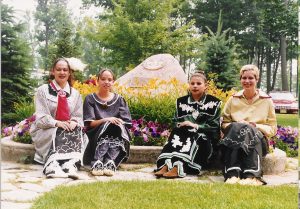 |
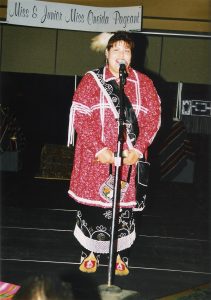 |
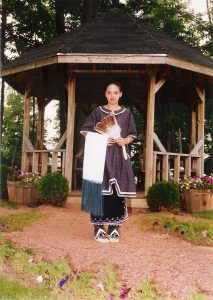 |
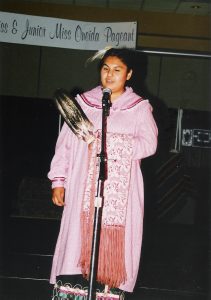 |
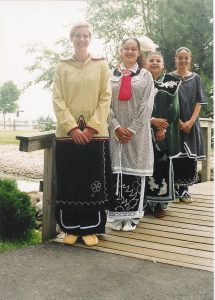 |
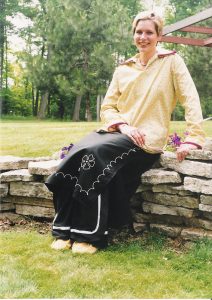 |
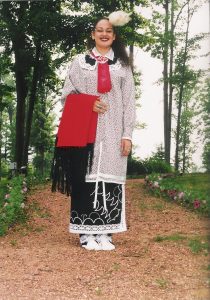 |
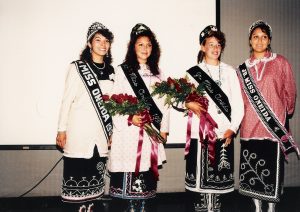 |
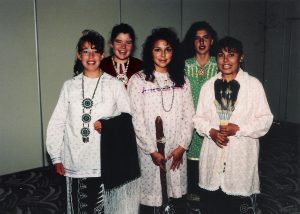 |
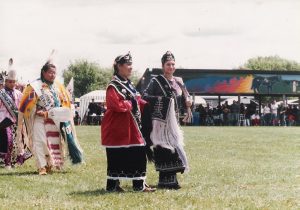 |
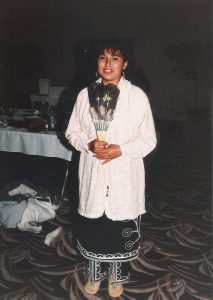 |
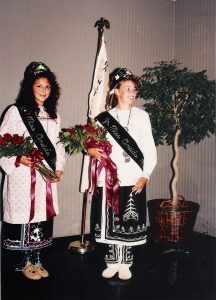 |
 |
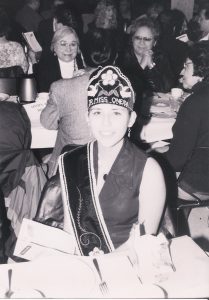 |
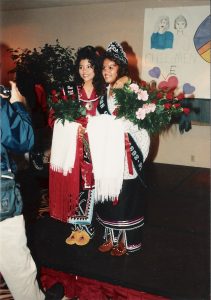 |
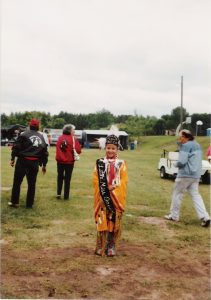 |
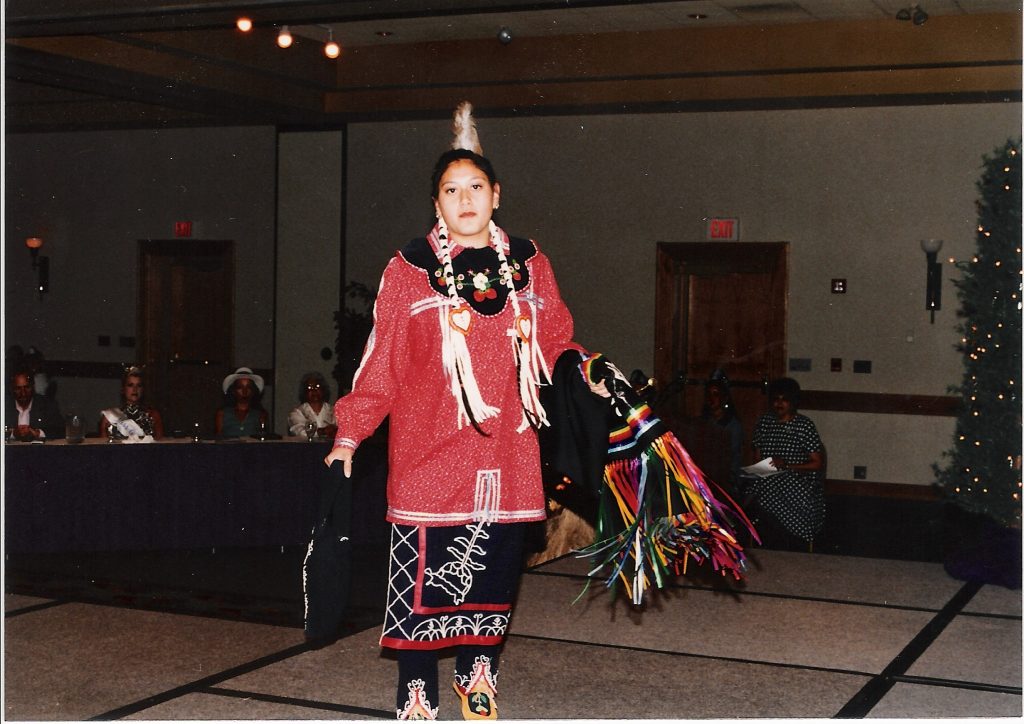 |
 |
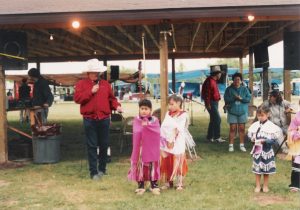 |
 |
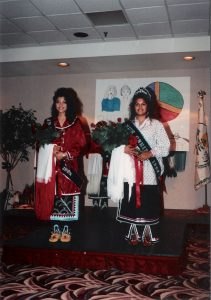 |
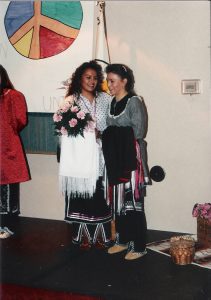 |
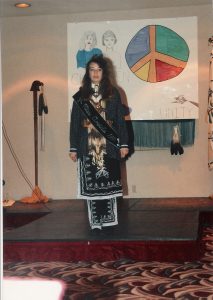 |
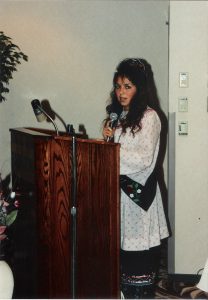 |
 |
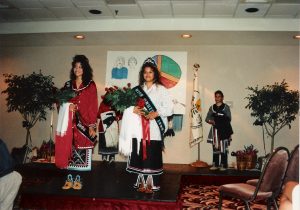 |
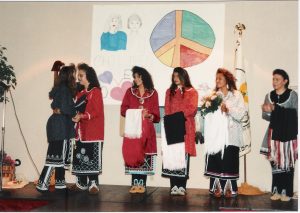 |
 |
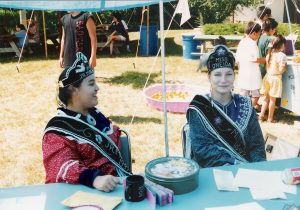 |
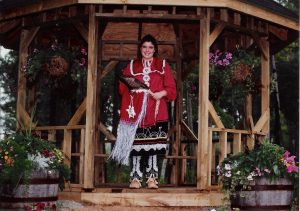 |
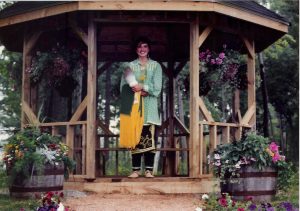 |
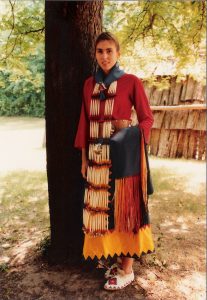 |
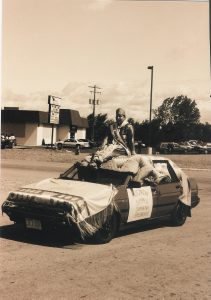 |
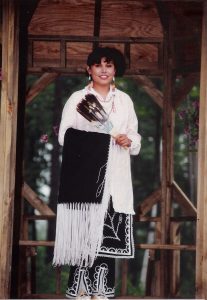 |
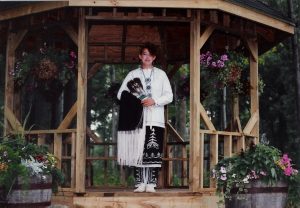 |
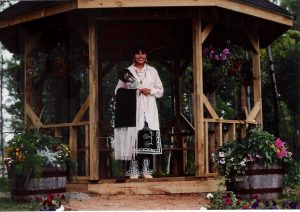 |
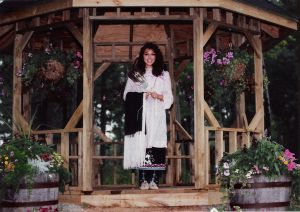 |
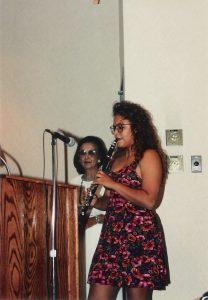 |
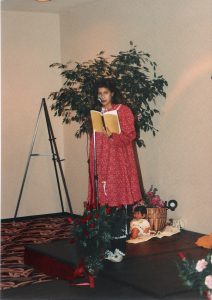 |
 |
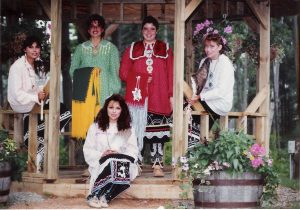 |
 |
 |
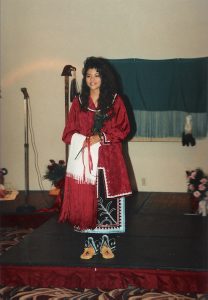 |
 |
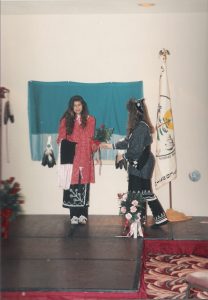 |
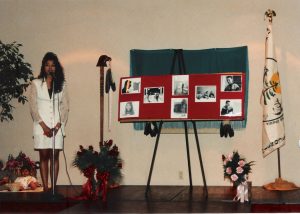 |
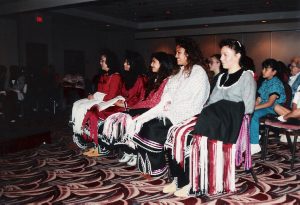 |
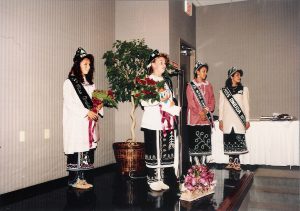 |
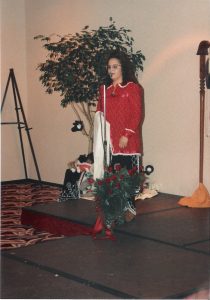 |
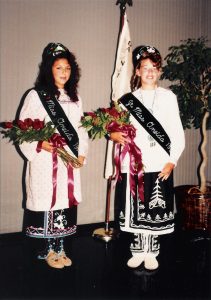 |
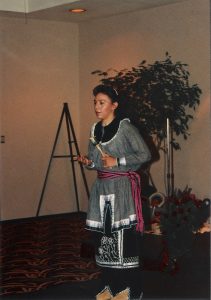 |
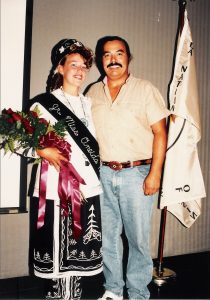 |
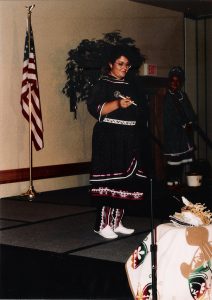 |
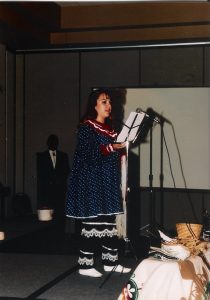 |
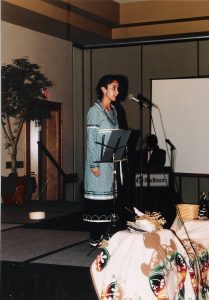 |
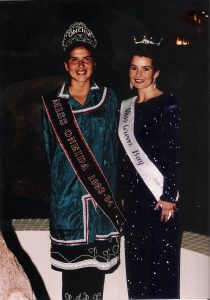 |
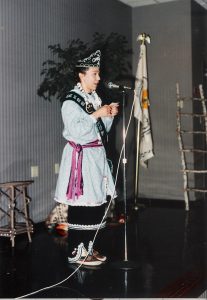 |
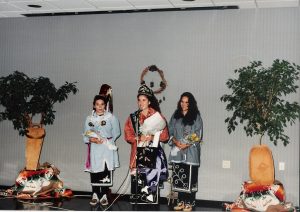 |
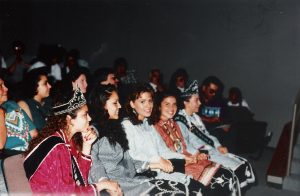 |
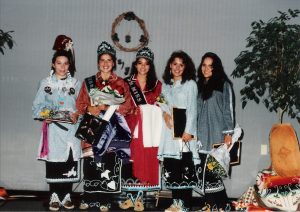 |
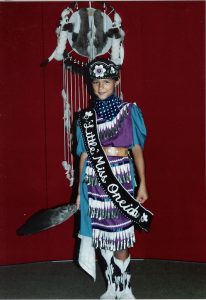 |
 |
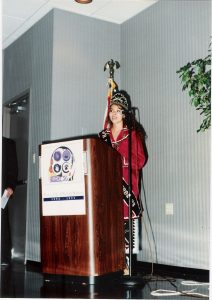 |
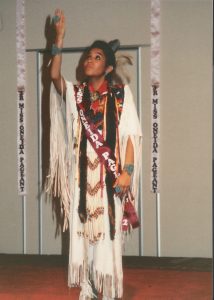 |
 |
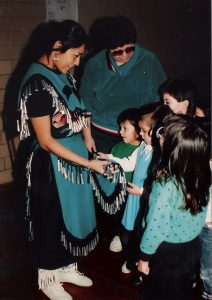 |
 |
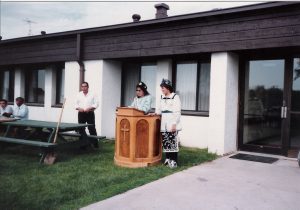 |
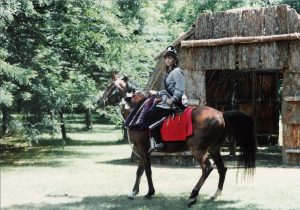 |
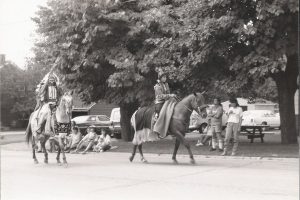 |
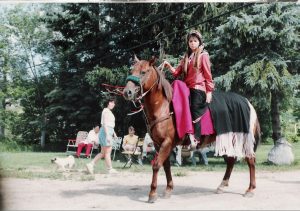 |
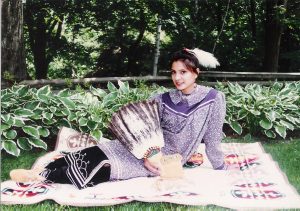 |
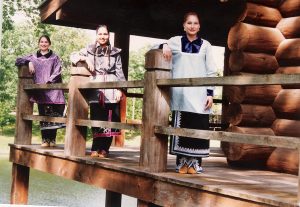 |
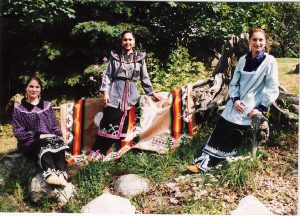 |
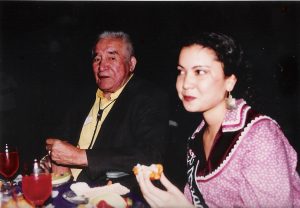 |
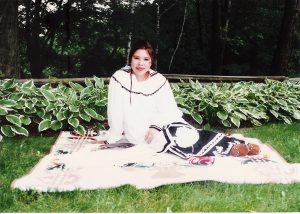 |
 |
 |
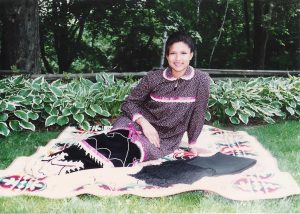 |
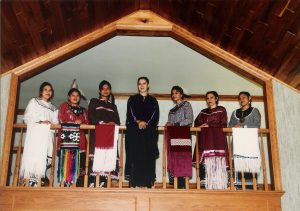 |
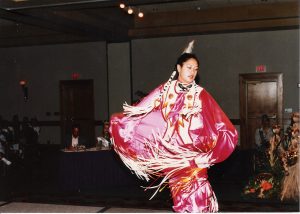 |
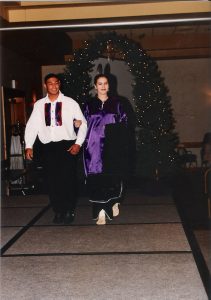 |
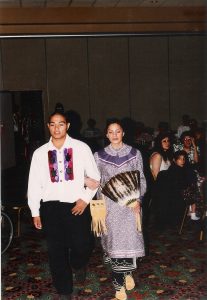 |
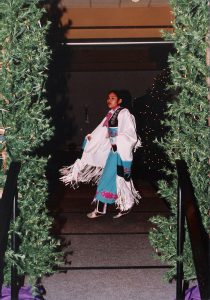 |
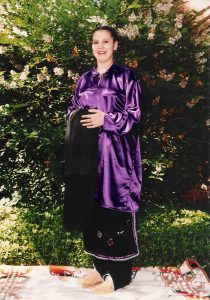 |
 |
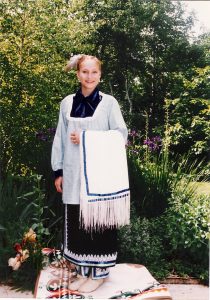 |
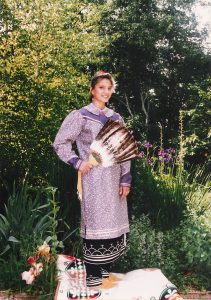 |
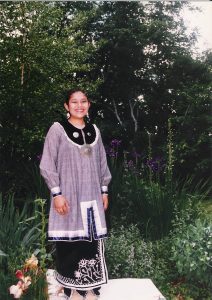 |
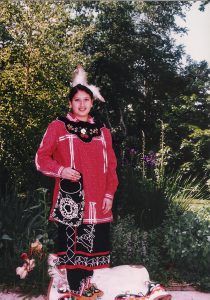 |
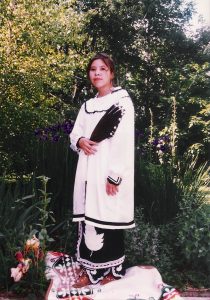 |
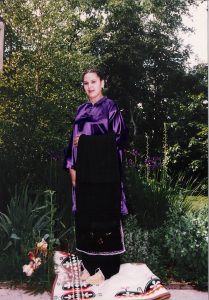 |
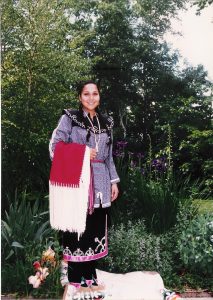 |
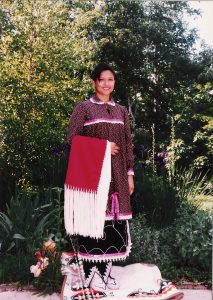 |
 |
|
Minor's Trust Fund
Oneida youth must have a working knowledge about their Minor’s Trust Fund (MTF). It is also important that Oneida citizens are confident the MTF is performing effectively with a strong investment strategy.
The Oneida Trust Enrollment Committee is proud of the work that has been accomplished by the dedicated people who comprise and support the committee, past and present. We extend our appreciation to all who support the trust funds.
We invite you to learn the history, governance and management of the MTF.
Minor’s Trust Fund informational mailer
Kathy Hughes answers the following questions:
- Why does Oneida have trust funds?
- What is a trust?
- What is a revenue allocation plan (RAP)?
- Why do we have a RAP?
- What does the Trust Enrollment Committee do?
Susan White answers the questions:
- Is the Standing Stone Fund part of the minor’s portfolio?
- How is information received about the minor’s accounts?
- Who oversees the minor’s trust accounts?
- Are the returns on the minor’s accounts guaranteed?
Jeff House answers the questions:
(Note: more questions and video clips will be added)
- What are the types of portfolios?
Minor’s Trust Fund Success Stories (Infographs):

Actual financial returns received by Oneida youth cashing out their trust fund. (Click for larger image).
Minor’s Trust Fund Investment Strategies (Infograph):

